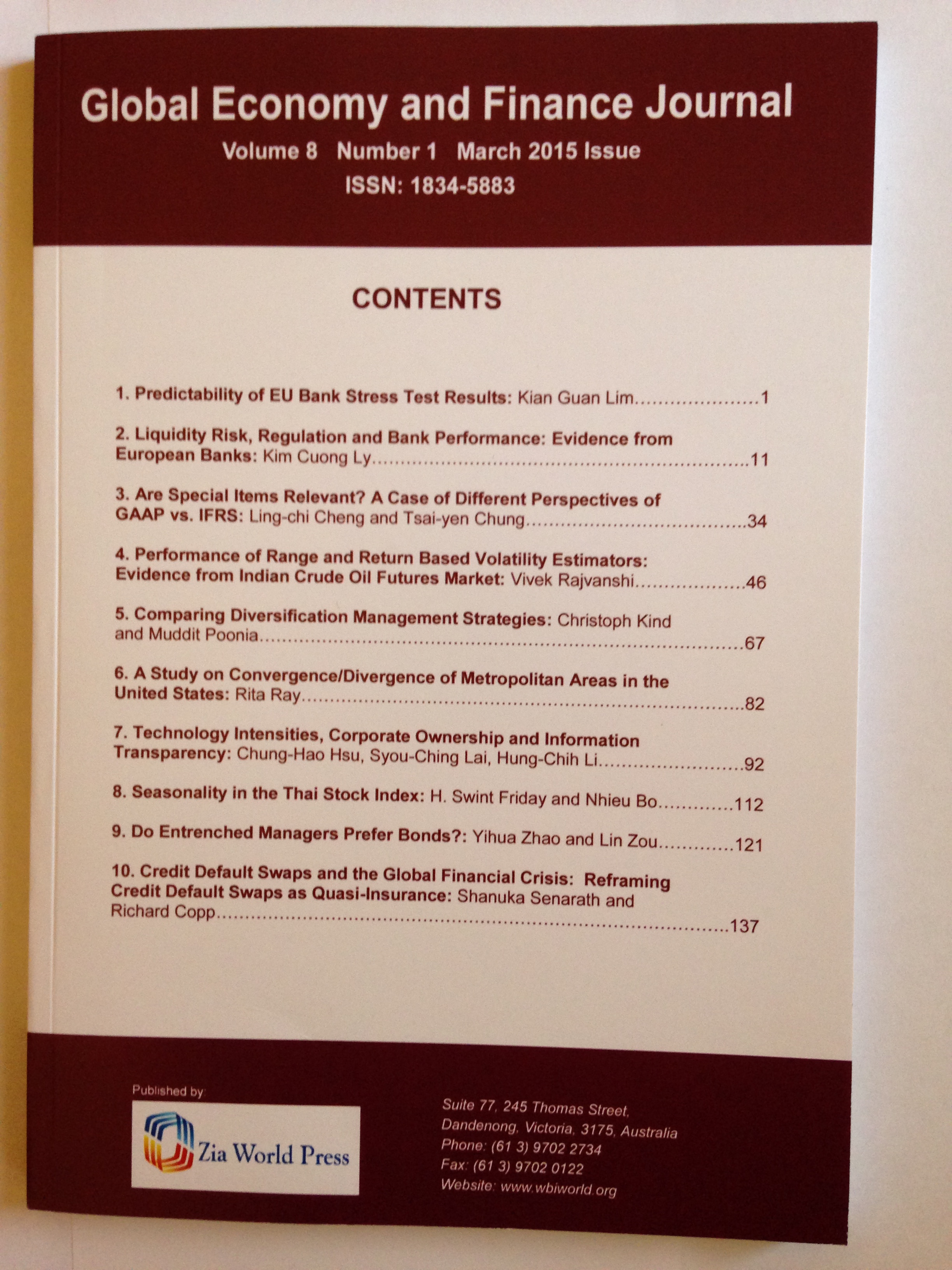Pages
96-121
This paper examines whether conditional skewness of returns at the market level is predictable and investigates the economic mechanisms underlying this predictability. We analyze aggregate market returns in 57 countries. Lagged one month returns predict conditional skewness of daily returns during the following month. Returns are more negatively skewed following an increase in stock prices and returns are more positively skewed following a decrease in stock prices. This relation between skewness and lagged returns is economically and statistically strong across both developed and emerging countries. We are able to distinguish different theories by testing positive lagged return and negative lagged returns predictability of skewness and volatility separately and testing predictability of adjusted-trend turnover interaction with short-sale constraint data from Charoenrook and Daouk (2003). The evidence shows that the traditional explanations of skewness such as the leverage effect, the volatility feedback effect, the stock bubble model (Blanchard and Watson, 1982), and the fluctuating uncertainty theory (Veronesi, 1999) exist in the data but are not the only economic mechanisms driving the asymmetry in stock returns. We find no evidence of Hong and Stein (2003). Our results are consistent with Coval, Coval and Hirshleifer (2002). Our findings have implications for future theoretical and empirical models of time-varying market return distributions, optimal asset allocation, and risk management.

